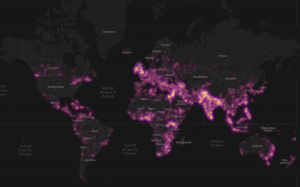
Protests Everywhere (here's why)
We're seeing protests everywhere. From Brazil to Turkey to Egypt.
What's going on? Here are some.
Once ignited, open source protest is hard to stamp out.
Open source protest is usually focused on a single overarching goal. In most recent cases, it's a call for a government that isn't corrupt.
“No corruption” is the type of goal everyone can get behind. To get a protest going, all there needs to be is a successful trigger event. Often, that an be as simple as a protest called by some group on Facebook that takes off virally.






